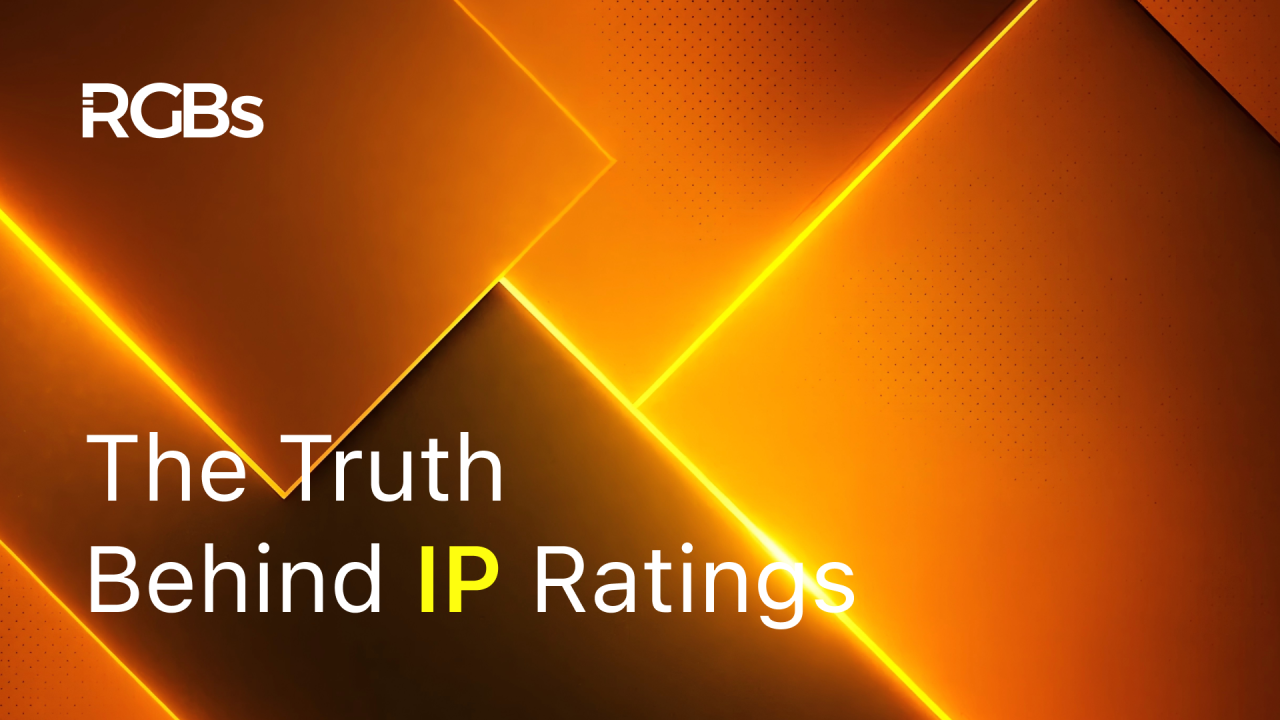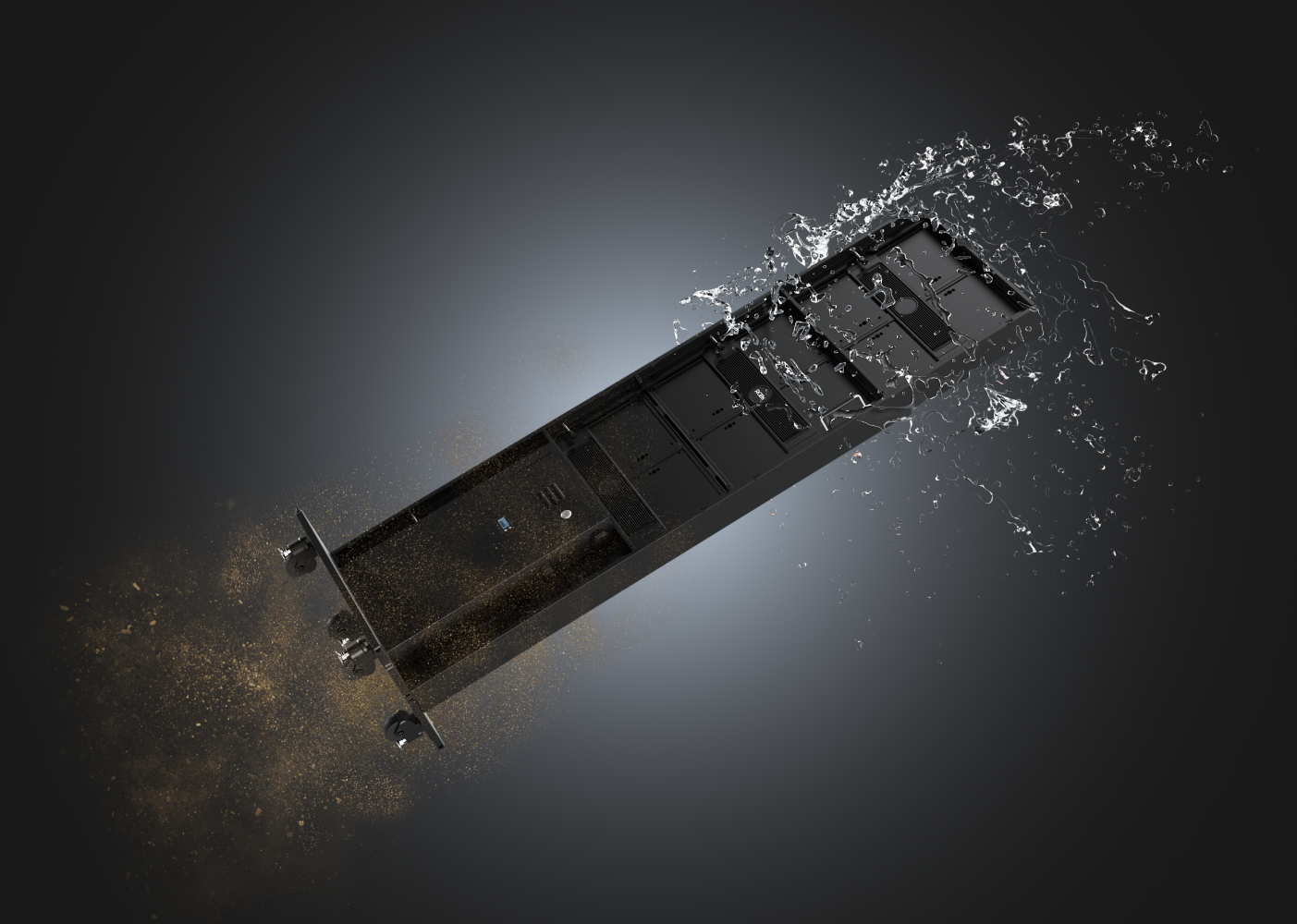
When you hear claims like “IP65” or “IP68” for an LED display, do you picture a superhero screen that’s completely waterproof and dustproof—able to be dunked in water or endure heavy rain with no problem?
Hold on! The reality might surprise you. A high IP rating doesn’t mean you can just install it anywhere and expect it to work perfectly. Let’s break down what IP ratings really mean, and the pitfalls to avoid during selection and installation.
IP stands for Ingress Protection, an international standard defined by the IEC to evaluate how well electrical enclosures prevent intrusion from solids and liquids.It’s made up of two digits—for example, IP65:
The first digit (0–6) indicates protection against solid particles (dust):
· 0 = No protection
· 5 = Limited ingress (dust may enter but won’t interfere with function)
· 6 = Completely dust-tight
The second digit (0–9) indicates protection against water:
· 0 = No protection
· 5 = Protection against low-pressure water jets
· 6 = Protection against strong water jets
· 7 = Protected against immersion (usually up to 1m for 30 min)
· 8 = Continuous immersion under manufacturer-defined conditions
· 9K = Protection against high-pressure, high-temperature spray (used in industrial equipment)).

Outdoor LED screens face more than just water—they deal with sand, storms, heat, UV rays, critters, and insects.
If the protection isn’t sufficient, dust and water can easily get inside:
· Minor issues: dim or blurry screen.
· Major issues: short circuits, corrosion, total blackouts.
· ✅ Sealing issues: Even a high IP can fail if the sealant deteriorates or joints aren’t well-sealed.
· ✅ Installation environment: High heat, pooling water, and UV exposure can degrade structure.
· ✅ Limited scope: IP rating only covers the display unit—not mounting, cables, or connectors.
· ✅ Assess environment: City streets, malls, seafronts—each has different challenges.
· ✅ Focus on design: Look beyond the IP number to sealing, heat design, and corrosion resistance.
· ✅ Professional installation & maintenance: Even the best product can fail if poorly installed.
· ✅ Choose reputable suppliers: Go for proven track records and real-world references.
The Bottom Line:
A high IP rating ≠ total safety. The key to a durable, reliable display is comprehensive protection—from design to installation to maintenance.

learn more
See more from rgbs